
Technique may lay groundwork for personalized decision-making in procedural intervention
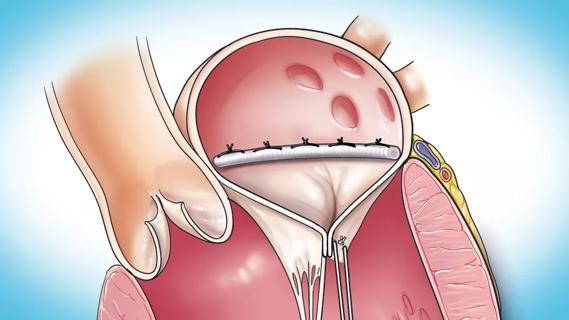
Cleveland Clinic series supports re-repair as a favored option regardless of failure timing

Cleveland Clinic study points to need for new strategies to curb addiction relapse

Tech-assisted self-selection concurred with clinician-assessed eligibility in >90% of cases
Cleveland Clinic is a non-profit academic medical center. Advertising on our site helps support our mission. We do not endorse non-Cleveland Clinic products or services. Policy
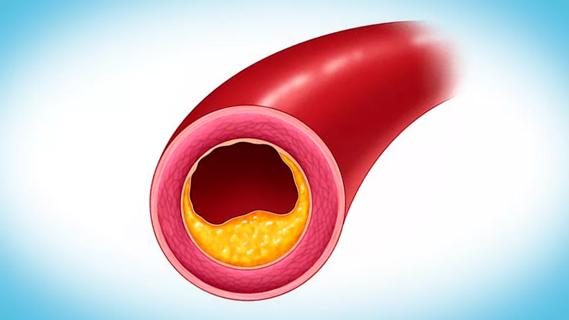
Support for a TAVR-first approach in patients with concurrent valve and coronary disease
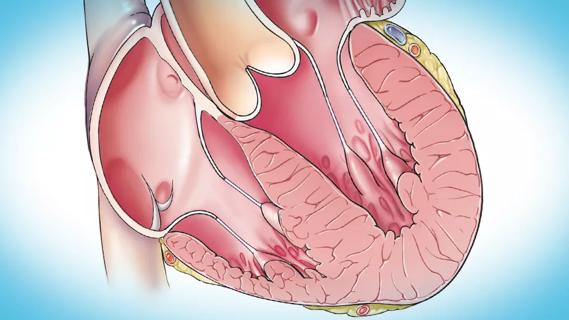
Logistic feasibility supported for treating obstructive HCM under the REMS program
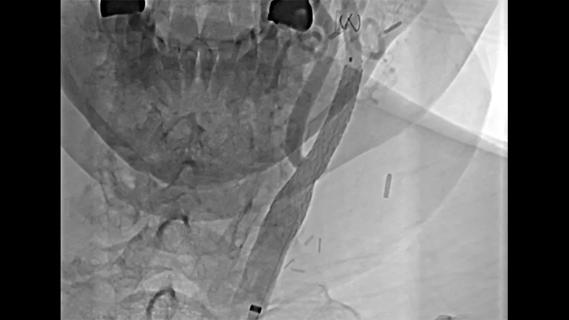
Insights from the Cleveland Clinic experience and a multispecialty alliance
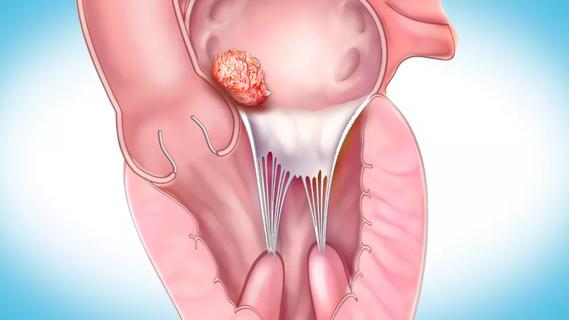
Recurrences were rare and survival robust in large Cleveland Clinic study
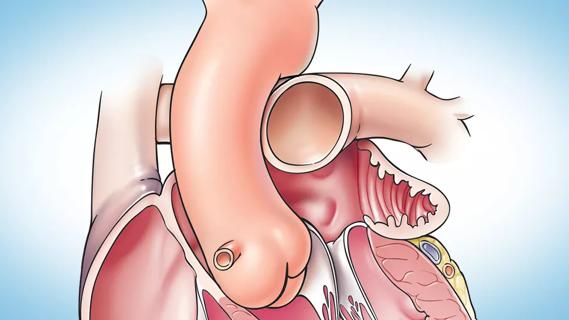
Concomitant AF ablation and LAA occlusion strongly endorsed during elective heart surgery

Large retrospective study supports its addition to BAV repair toolbox at expert centers